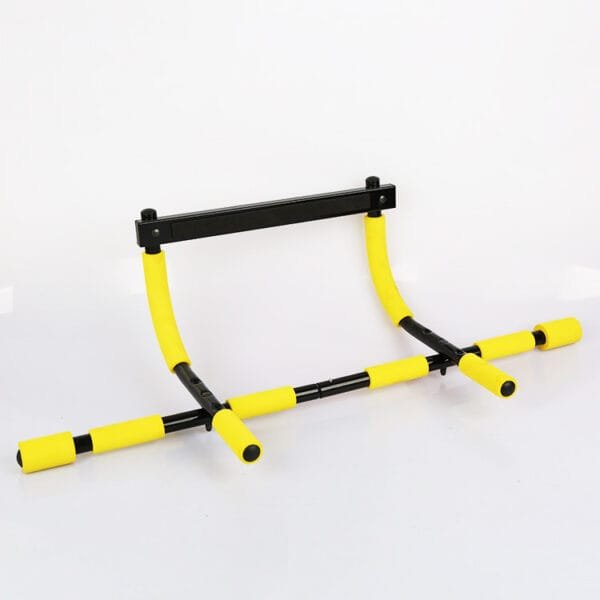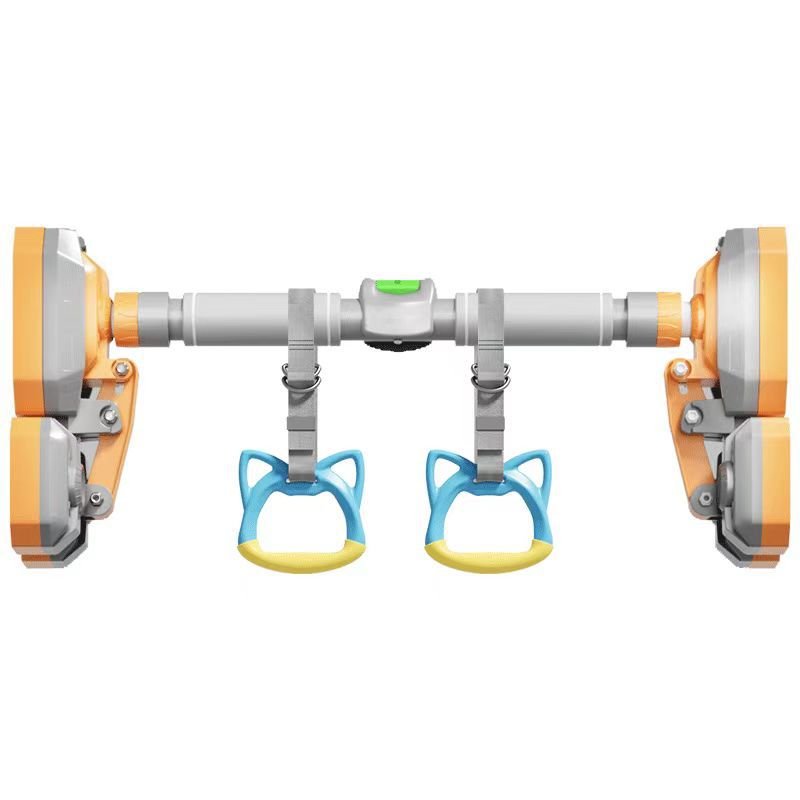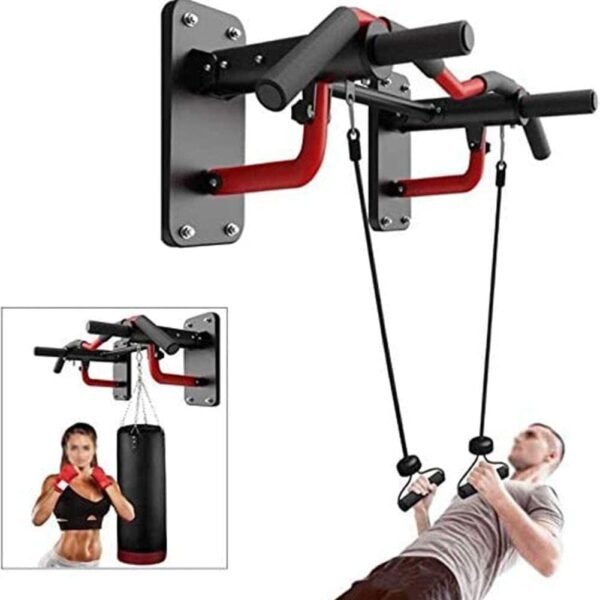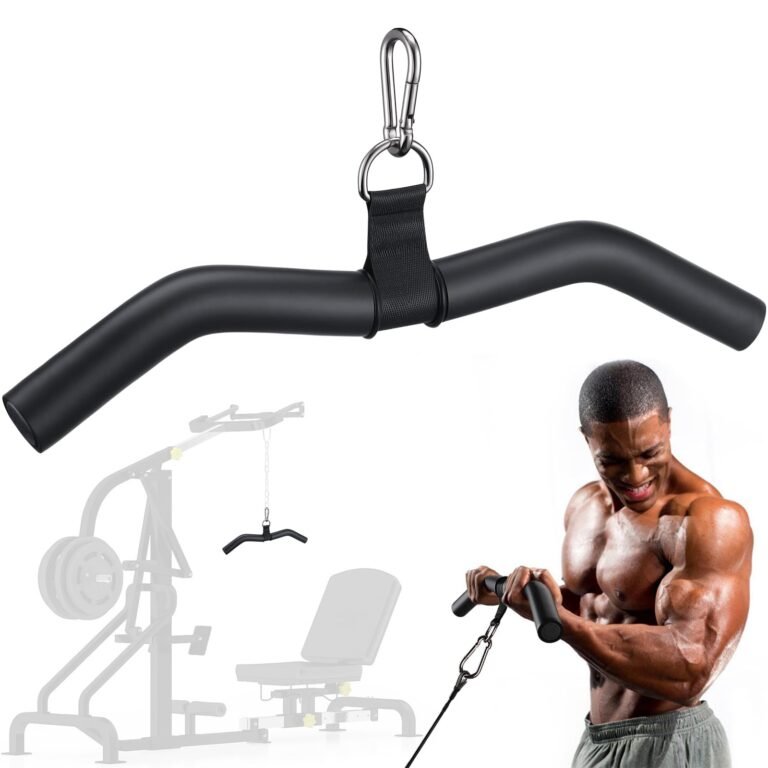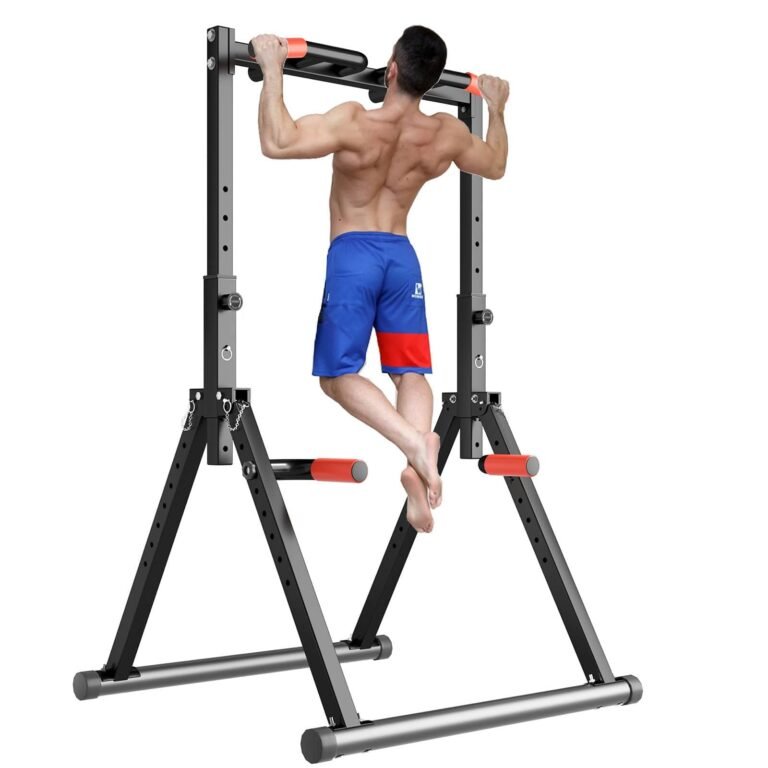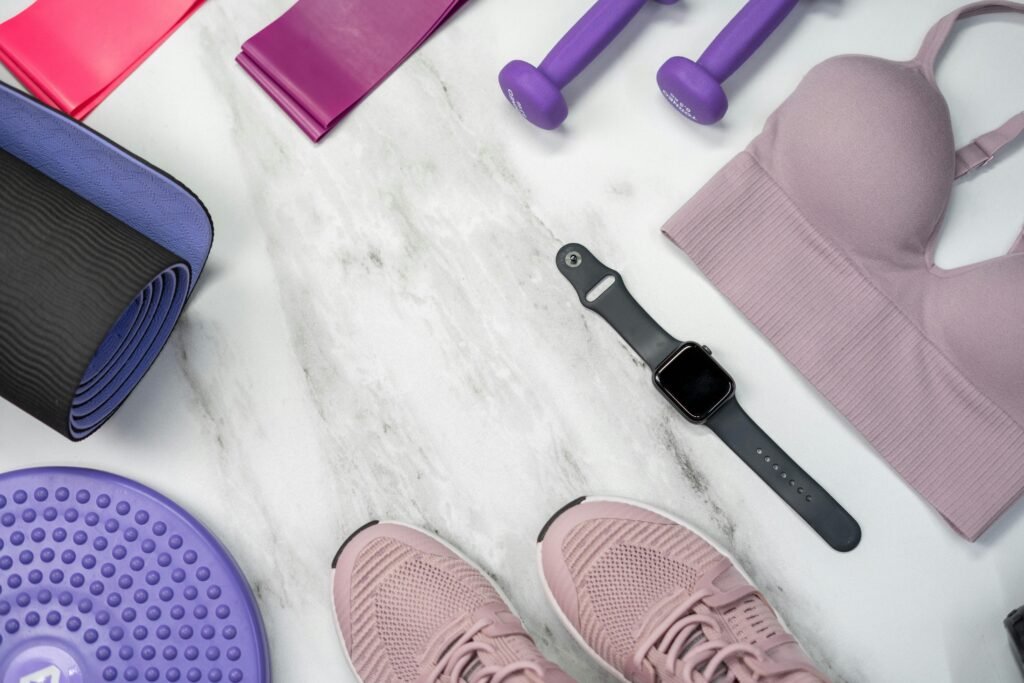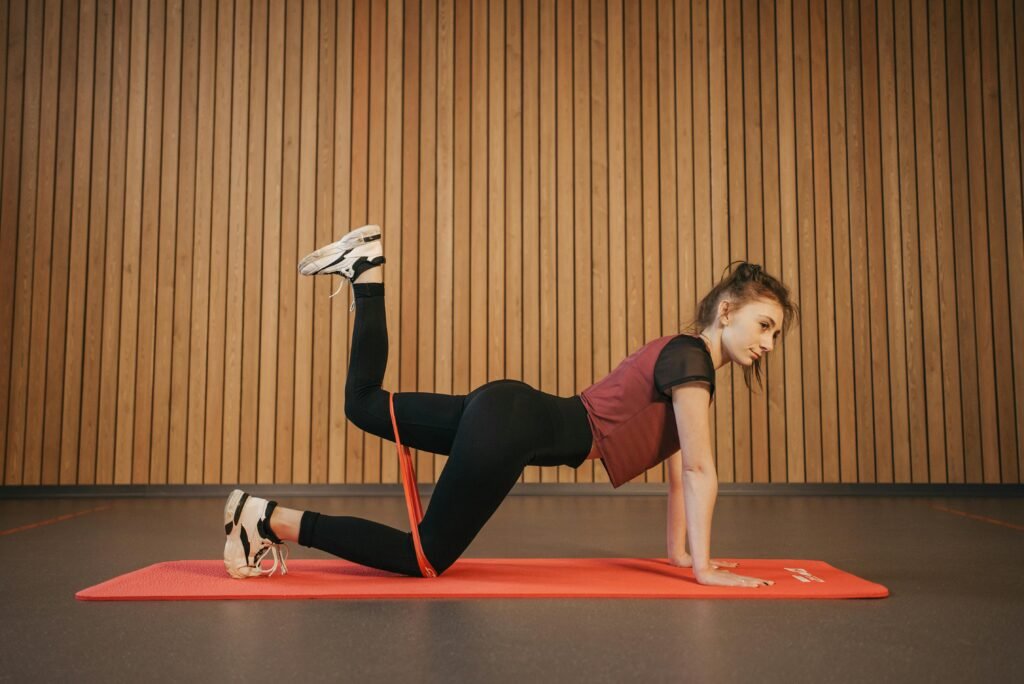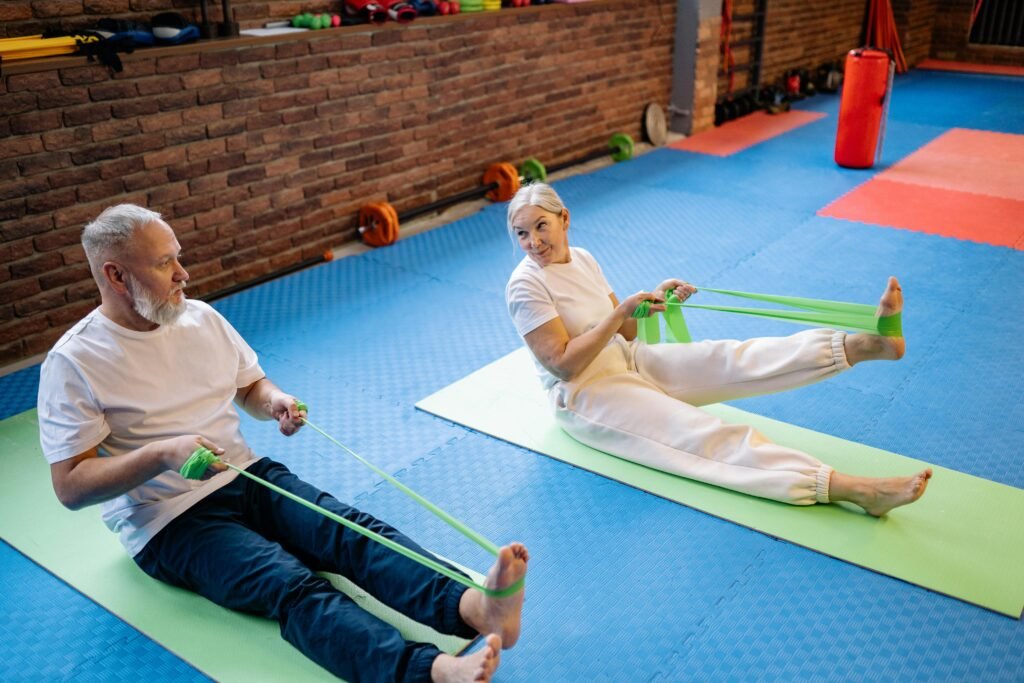Understanding the Basics of Pull-Ups
Pull-ups are a fundamental exercise that targets the upper body, particularly the muscles in the back, shoulders, and arms. Mastering the technique for performing pull-ups correctly is essential for maximizing their benefits and minimizing the risk of injury. To begin, it is crucial to establish a proper starting position. Stand directly beneath the pull-up bar, reach up, and grasp the bar with both hands at shoulder-width or wider, depending on the grip variation you choose.
There are primarily two types of grips used in pull-ups: the overhand grip, also known as pronated grip, where your palms face away from you, and the underhand grip, or supinated grip, where your palms face towards you. Each grip variation activates different muscle groups; the overhand grip emphasizes the upper back, while the underhand grip targets the biceps more intensely. As you position your hands on the bar, ensure that your arms are straight but not locked, allowing for a natural range of motion during the exercise.
When performing a pull-up, engage your core and initiate the movement by smoothly pulling your body upward until your chin is above the bar. It is important to avoid swinging or kipping, as these techniques can lead to injury and lessen the effectiveness of the workout. Maintaining control throughout the movement helps develop strength and proper muscle engagement. Common mistakes include relying too heavily on momentum, which can compromise your form and place undue stress on your joints. Therefore, focusing on maintaining proper form and control is vital in performing pull-ups correctly, ensuring that you reap the maximum benefits from this powerful upper body exercise.

Determining Ideal Pull-Up Bar Height
When selecting the ideal height for a pull-up bar, several factors come into play, primarily centered around the user’s height and the space available for the exercise. First and foremost, the pull-up bar should be mounted at a level that accommodates the tallest user’s height, preferably at eye level. This positioning ensures that all users can easily grasp the bar without overreaching or jumping, which is particularly important in maintaining proper form and minimizing the risk of injury during the exercise.
Another crucial consideration is the clearance between the pull-up bar and the ceiling. A minimum clearance of at least 18 inches is often recommended to allow for safe movement during the exercise, particularly when users perform dynamic movements like kipping pull-ups, which require more vertical space. The specific amount of clearance may also depend on the user’s height; taller individuals may require additional space for full range of motion. Hence, careful measurement is essential when determining where to mount the bar.
For those with limitations—whether due to ceiling height restrictions or personal physical challenges—alternative solutions exist. Users can choose to bend their legs during the exercise to accommodate lower mounting positions, which still allows for effective training while maintaining safety. Another option is to use a sturdy stool or box to assist with reaching the bar, ensuring that users can engage with the exercise without compromising on form. Regardless of the solutions implemented, prioritizing safety and comfort can significantly enhance the pull-up experience.

Choosing the Right Type of Pull-Up Bar for Your Space
When considering the purchase of a pull-up bar, it is essential to evaluate the type that best suits your environment and physical requirements. The market offers a variety of pull-up bars, each designed to accommodate different spaces and preferences. Understanding these options can help you make a well-informed decision, particularly in terms of cost, installation ease, and sturdiness.
Doorway pull-up bars are one of the most popular choices for home gym enthusiasts. These bars are designed to hook onto the door frame and can easily be installed or removed without permanent fixtures. This type is ideal for users with limited space and a budget-conscious approach. However, they may not be as sturdy as other options, making them less suitable for heavier individuals or those who perform advanced pull-up techniques.
Wall-mounted pull-up bars offer a more permanent solution, requiring installation into wall studs for maximum stability. These bars are exceptionally robust and support a wide range of exercises beyond standard pull-ups, such as muscle-ups and leg lifts. While they provide great versatility, the installation process can be more complex, and they require sufficient wall space, which may not be feasible for those living in apartments or smaller homes.
If space is not an issue, freestanding pull-up bars present an excellent alternative. These units are self-supporting and can be placed anywhere, allowing for a wider range of exercises. While they tend to be more expensive than other types, their sturdiness and versatility can justify the investment for serious fitness enthusiasts.
Ultimately, the right choice of pull-up bar depends on your specific space constraints and fitness goals. Careful consideration of these factors will empower you to select the most appropriate option to enhance your workout routine.
Practical Tips for Setting Up and Using Your Pull-Up Bar
Setting up your pull-up bar correctly is crucial for ensuring both safety and effectiveness during your workout. Whether you opt for a wall-mounted, freestanding, or doorway model, each installation method comes with its own set of considerations. For wall-mounted options, ensure that you locate the studs in your wall and use sturdy hardware to secure the bar. This ensures that the bar can support your weight without the risk of pulling away from the wall. It is advisable to use a level to ensure that the bar is not only secure but also positioned at an optimal height for your specific height range.
For freestanding pull-up bars, stability is paramount. Look for models with a wide base and non-slip feet to prevent any unwanted movements while exercising. It may be helpful to place the bar on a flat surface to minimize the risk of tipping. Do take the time to check the manufacturer’s weight limit to ensure it can accommodate your workouts comfortably.
In the case of doorway pull-up bars, it is essential to follow the installation instructions meticulously. Make sure that the bar is firmly secured against both the door frames and the wall, as improper fitting can lead to accidents. Additionally, regularly inspect the bar for any signs of wear or looseness, as maintaining the integrity of the setup is vital for safe workouts.
Common setup challenges can include insufficient clearance space or discomfort due to improper height. If your bar is too high for you to reach easily, consider adjusting the installation or opting for a different setup entirely. Once securely installed, enhance your fitness routine by incorporating exercises such as chin-ups, hanging leg raises, and muscle-ups, all of which can significantly improve your upper body strength.

